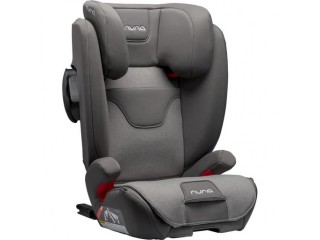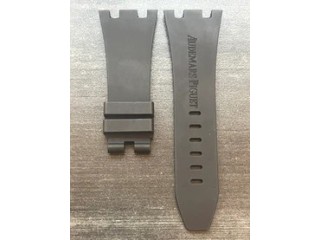USB-C explained: How to get the most from it (and why it keeps getting better) Professional
4 years ago - Fashion, Home & Garden - Bayside - 290 viewsAt the office, home or school, USB-C has arrived. We’ve got tips on how to take advantage of those new ports, along with a peek at the future of data transfer and video.
You’ve probably noticed something strange about many of the latest phones, tablets and laptops at your company: The familiar rectangular Type-A USB ports are gone, replaced by smaller oblong connectors. USB-C has taken over at work, at home and at school.
While many iPhone and iPad models stick with Apple’s proprietary Lightning connector, USB-C is now part and parcel of most laptops, phones and tablets made today. Even the latest MacBooks and Chromebooks are part of the movement to USB-C.
Confusing matters more, the current USB 3.2 standard is mostly a restatement of USB 3.1 specs. For instance, USB 3.2 Gen 1 and 2 are the same as USB 3.1 Gen 1 and 2. The new spec that’s actually noteworthy is USB 3.2 Gen 2X2, which has a pair of 10Gbps lanes of data traffic available for a total of 20Gbps. So far, however, it hasn’t caught on with device manufacturers, so it’s hard to find it on any devices in the wild. That might change in the coming year as new controller chips come out.
To make sure the data gets through at higher speeds, always get high-quality cables. They will often have the SuperSpeed logo and a “10” on them to show they’re capable of moving 10Gbps. The good news is that there’s a good chance that this spaghetti bowl of cable standards could disappear with the next rev of the USB spec with a universal USB cable. More on that later.
Speed, power, and video delivery
A big bonus is that on many laptops and desktops, the USB-C specification also supports Intel’s Thunderbolt 3 data-transfer technology. A USB-C port equipped with Thunderbolt 3 can push data speeds to a theoretical limit of 40Gbps. To show how far we’ve come, that’s four times faster than USB 3.1 and more than 3,000 times faster than the original USB 1 spec of 12Mbps.
With increased data-transfer speeds comes the ability to push video over the same connection. USB-C’s Alternate Mode (or “Alt Mode” for short) for video enables adapters to output video from that same USB-C port to HDMI, DisplayPort, VGA and other types of video connectors on displays, TVs and projectors. It pays huge dividends for the ultramobile among us by allowing many recent phones and tablets, such as the Samsung Galaxy Tab S7+ and Note and Tab 6 systems, to directly plug into a monitor at home or a projector in the office.
What’s more, USB-C supports the USB Power Delivery (USB PD) specification. A USB 2.0 port can deliver just 2.5 watts of power, about enough to charge a phone, slowly. USB 3.1 ups this figure to about 15 watts. But USB PD can deliver up to 100 watts of power, more than six times what USB 3.1 can. This opens up the potential for laptop-powered projectors based on USB-C, but today it is mostly used for high-power chargers and external battery packs.
Make a USB-C travel kit
The good news is that USB-C ports can be used with most older USB 2, 3.0 and 3.1 accessories. The bad news is that you’ll need the right adapters and cables, and so far, I haven’t seen a complete kit available. I’ve made my own USB-C survival kit that has six key cables and adapters inside an old zippered case.
Find the right power adapter and cable for your Mac notebook
Learn which power adapter, cable, and plug works with your Mac notebook computer.
Power adapters for Mac notebooks are available in 29W, 30W, 45W, 60W, 61W, 85W, 87W, and 96W varieties. You should use the appropriate wattage power adapter for your Mac notebook. You can use a compatible higher wattage power adapter without issue, but it won't make your computer charge faster or operate differently. If you use a power adapter that is lower in wattage than the adapter that came with your Mac, it won't provide enough power to your computer.
Mac notebooks that charge via USB-C come with an Apple USB-C Power Adapter with detachable AC plug (or duckhead), and a USB-C Charge Cable.
Mac notebooks that charge via MagSafe come with an AC adapter with MagSafe connector and detachable AC plug, and an AC cable.


















